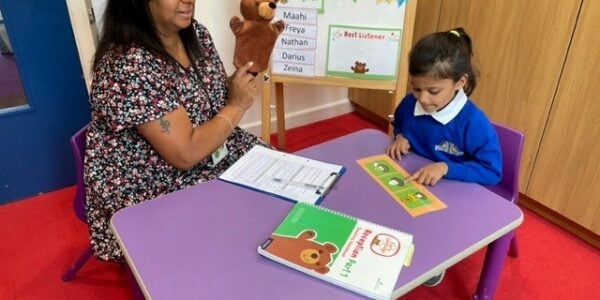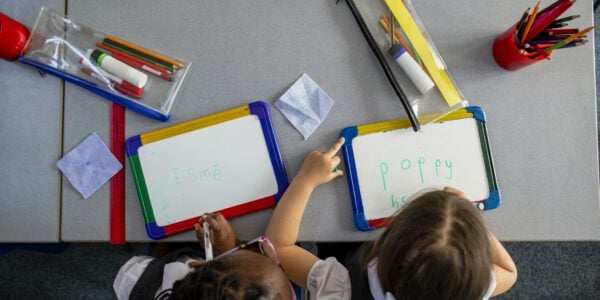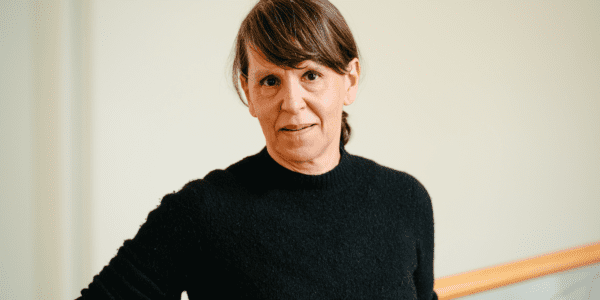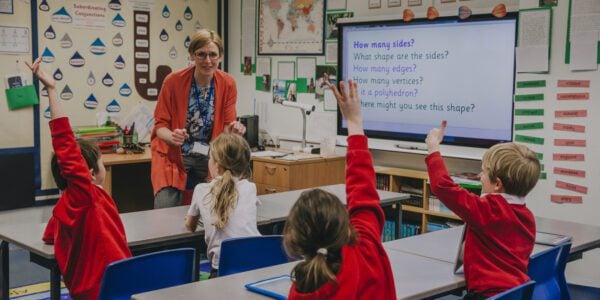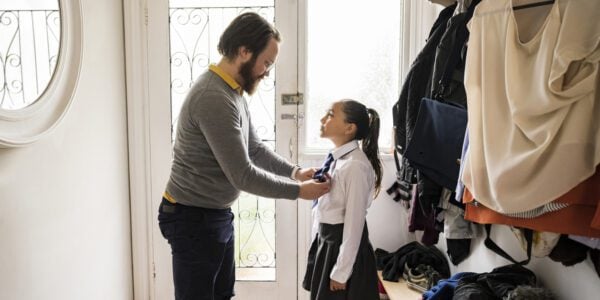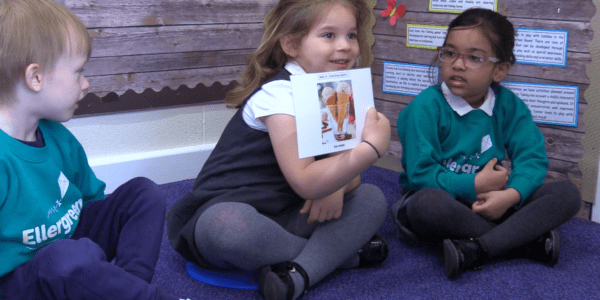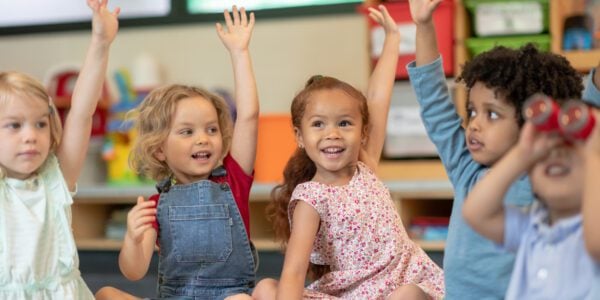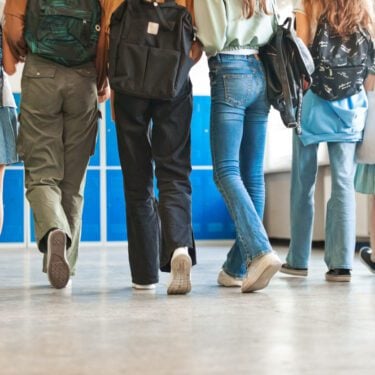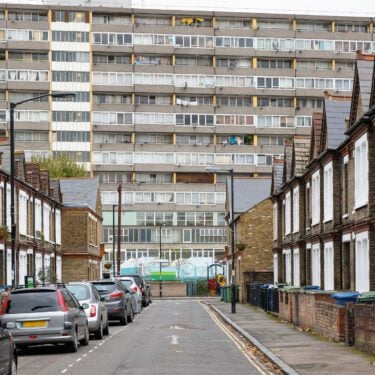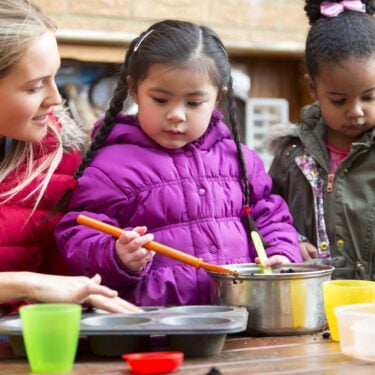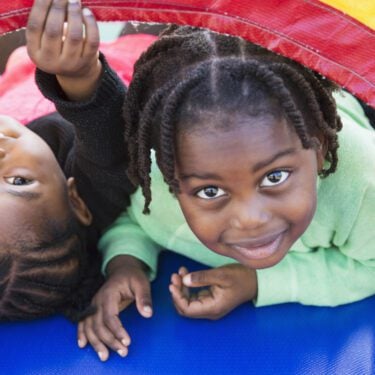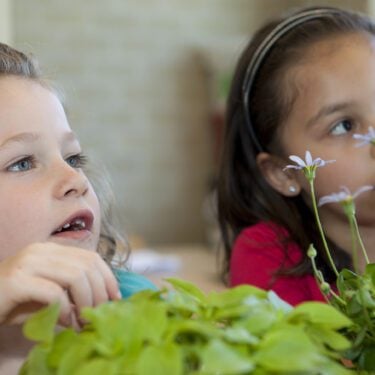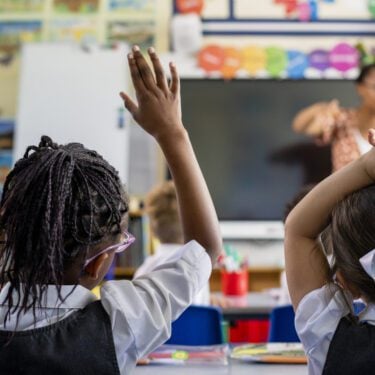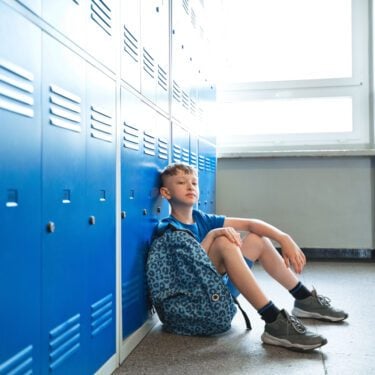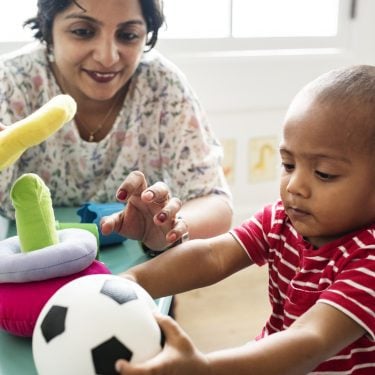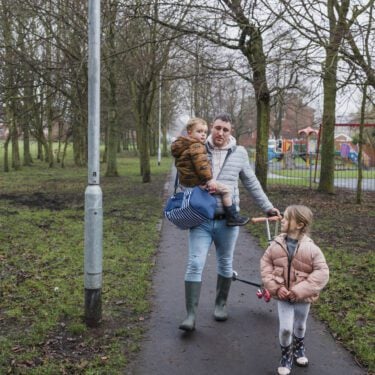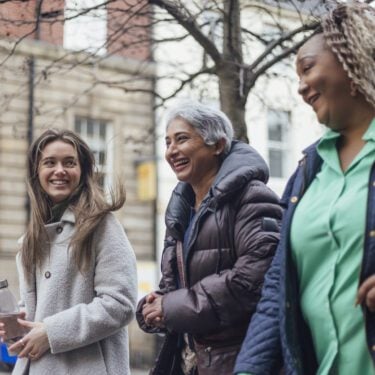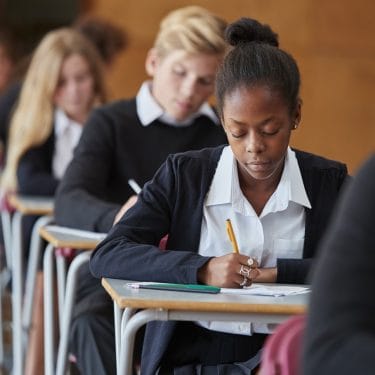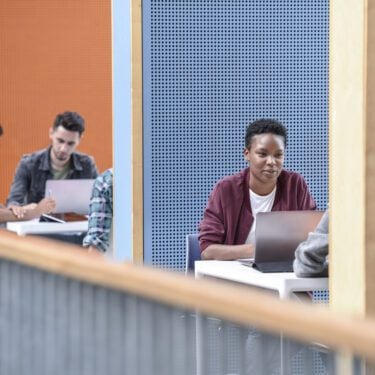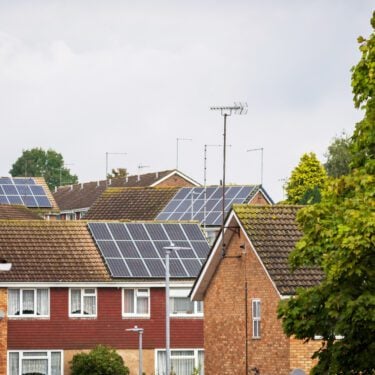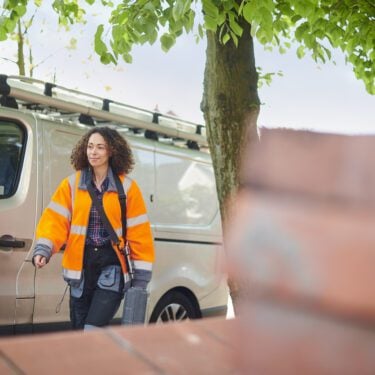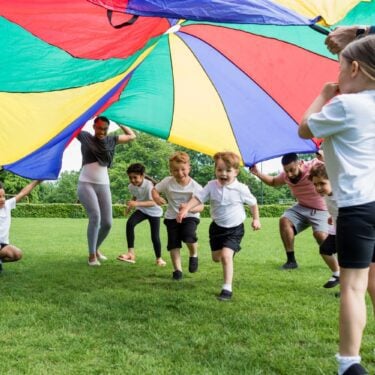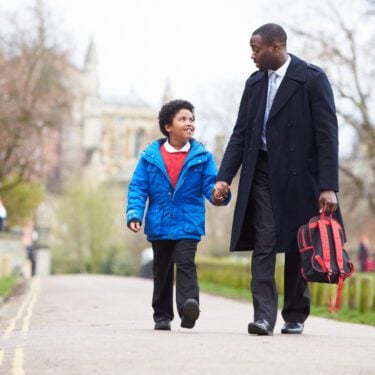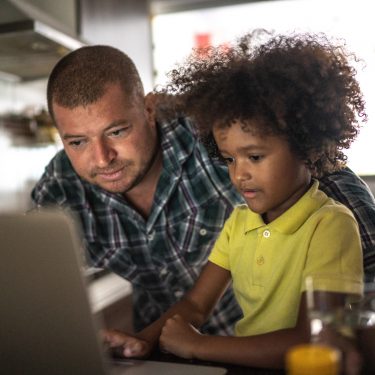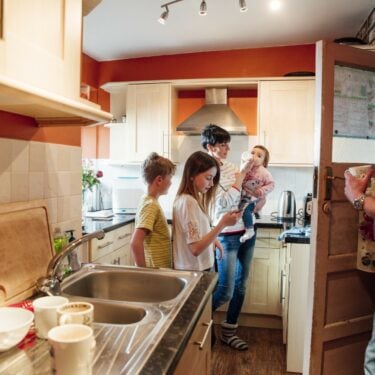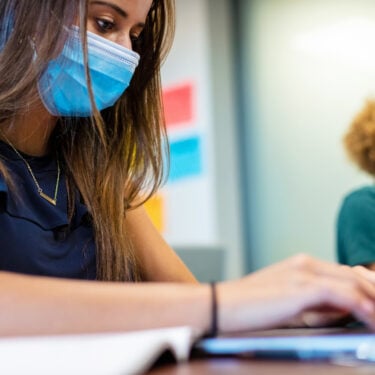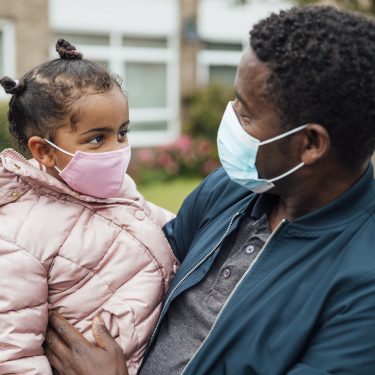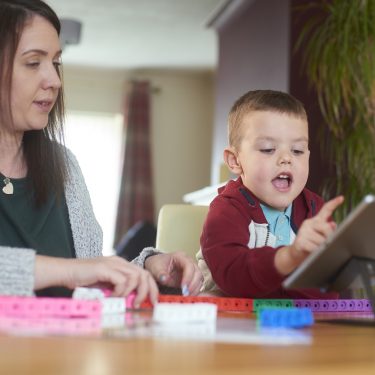
23/07/14
2 min read
University applicants from black and ethnic minority backgrounds are less likely to receive conditional offers than comparable white British applicants according to research from LSE.
The research, funded by the Nuffield Foundation, shows that applicants from non-mixed ‘race’ minority groups were significantly less likely to be offered a university place even after taking into account academic attainment, family social class background, sex and the type of school attended.
The researchers estimated that, on average, Pakistani candidates received seven fewer offers for every 100 applications than equivalent white British applicants. Bangladeshi and black African candidates received five fewer offers for every 100 applications compared with equivalent white British applicants.
Applicants from other groups including Indian, Black Caribbean and Chinese were also less likely to receive offers than white British candidates.
However, mixed ‘race’ groups did not appear to be disadvantaged compared to white British candidates.
Dr Michael Shiner, Associate Professor in LSE’s Department of Social Policy, said: “We know that students from black and minority ethnic groups go to university in good numbers, but our analysis raises concerns about the fairness of the admissions process. Even when we take account of A-level grades, candidates’ chances of receiving an offer vary according to their ethnicity, the type of school they attend and their family background. For some candidates these factors combine to create quite marked differences. Although the vast majority of applicants do eventually get a place at university, non-academic factors influence the offers they receive and the choices that are available to them”.
The researchers found that Chinese candidates seemed just as likely to receive a conditional offer as white British candidates before controlling for academic factors, but were less likely to do so when these factors were taken into account. This suggests that Chinese students’ high levels of attainment mask their reduced offer rates.
The probability of receiving an offer was significantly linked to the type of school candidates attended and their A-level subjects as well as their academic attainment. Having attended an independent or grammar school – rather than a non-selective school – increased students’ chances of receiving an offer.
Although the study was principally focussed on ethnicity, it also showed that candidates from lower social class groups were less likely to receive offers than their more privileged counterparts.
Tariq Modood, Professor of Sociology, Politics and Public Policy at the University of Bristol, said: “Young people from lower social class backgrounds and some ethnic minority groups are less likely to attend schools that are geared towards getting pupils into higher education or to come from families that are familiar with the application process. Having access to good advice from teachers to help students choose the right combination of A-levels and write a good personal statement can have a massive impact. We need universities to do more work with schools to ensure that the process is fair to all.”
The researchers looked at 50,000 university candidates provided by the Universities and Colleges Admissions Service (UCAS) covering the 2008 admission cycle.
More information
Papers are also forthcoming in the Oxford Review of Education and the British Journal of the Sociology of Education



